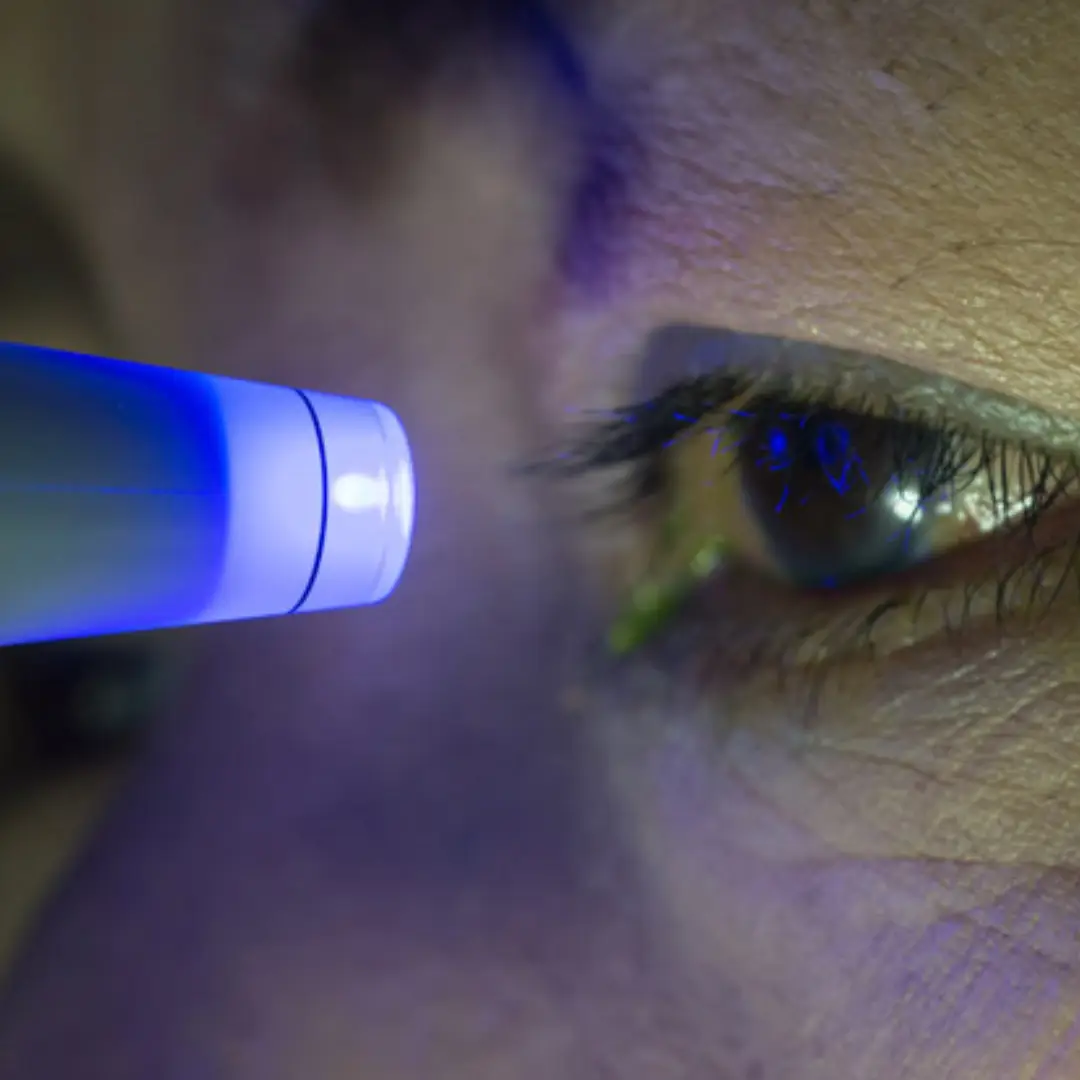As summer winds down and the back-to-school season approaches, parents and guardians are busy preparing their children for the new school year. Amidst shopping for supplies and organizing schedules, one crucial aspect often gets overlooked: eye health. Good vision is fundamental to a child’s success in the classroom and beyond. This blog explores why regular eye check-ups are essential for children and offers tips to maintain optimal eye health, just in time for the school year starting in Madison and Rankin counties on August 1, 2024, and in Hinds county on August 6, 2024.
The Role of Vision in Learning
Vision plays a vital role in a child’s learning process. Approximately 80% of what children learn is through visual information. Issues like nearsightedness, farsightedness, and astigmatism can significantly impact a child’s ability to read, write, and participate in class activities. Undiagnosed vision problems can lead to difficulties in focusing, reduced academic performance, and even behavioral issues, as children struggle to keep up with their peers.
Common Vision Problems in Children
Children can experience a range of vision problems, including refractive errors, amblyopia, and strabismus. Refractive errors, such as myopia (nearsightedness), hyperopia (farsightedness), and astigmatism, affect how clearly a child can see near and far objects. Amblyopia, commonly known as lazy eye, is a condition where one eye is weaker than the other, leading to reliance on the stronger eye. Strabismus, or crossed eyes, is a misalignment of the eyes, which can cause double vision or the suppression of one eye’s image. Early detection of these issues is crucial, as regular comprehensive eye exams can identify problems before they significantly impact a child’s learning and development.
Tips for Maintaining Vision Health
To maintain good vision health, schedule regular eye exams. An annual eye exam before the school year starts ensures that any vision issues are detected and treated early. Encourage breaks from screens, as excessive screen time can lead to digital eye strain. A helpful practice is the 20-20-20 rule: every 20 minutes, take a 20-second break and look at something 20 feet away. Promoting a healthy diet is also essential; nutrient-rich foods like leafy greens, fish high in omega-3 fatty acids, and fruits rich in vitamins A and C are beneficial for eye health. Additionally, ensuring proper lighting while reading or doing homework can reduce eye strain.
As we gear up for another school year, prioritizing your child’s vision health is crucial. Ensuring that your child has clear, comfortable vision will set them up for academic success and overall well-being. If you have concerns about your child’s eye health, schedule an eye exam with Mississippi Retina Associates.







